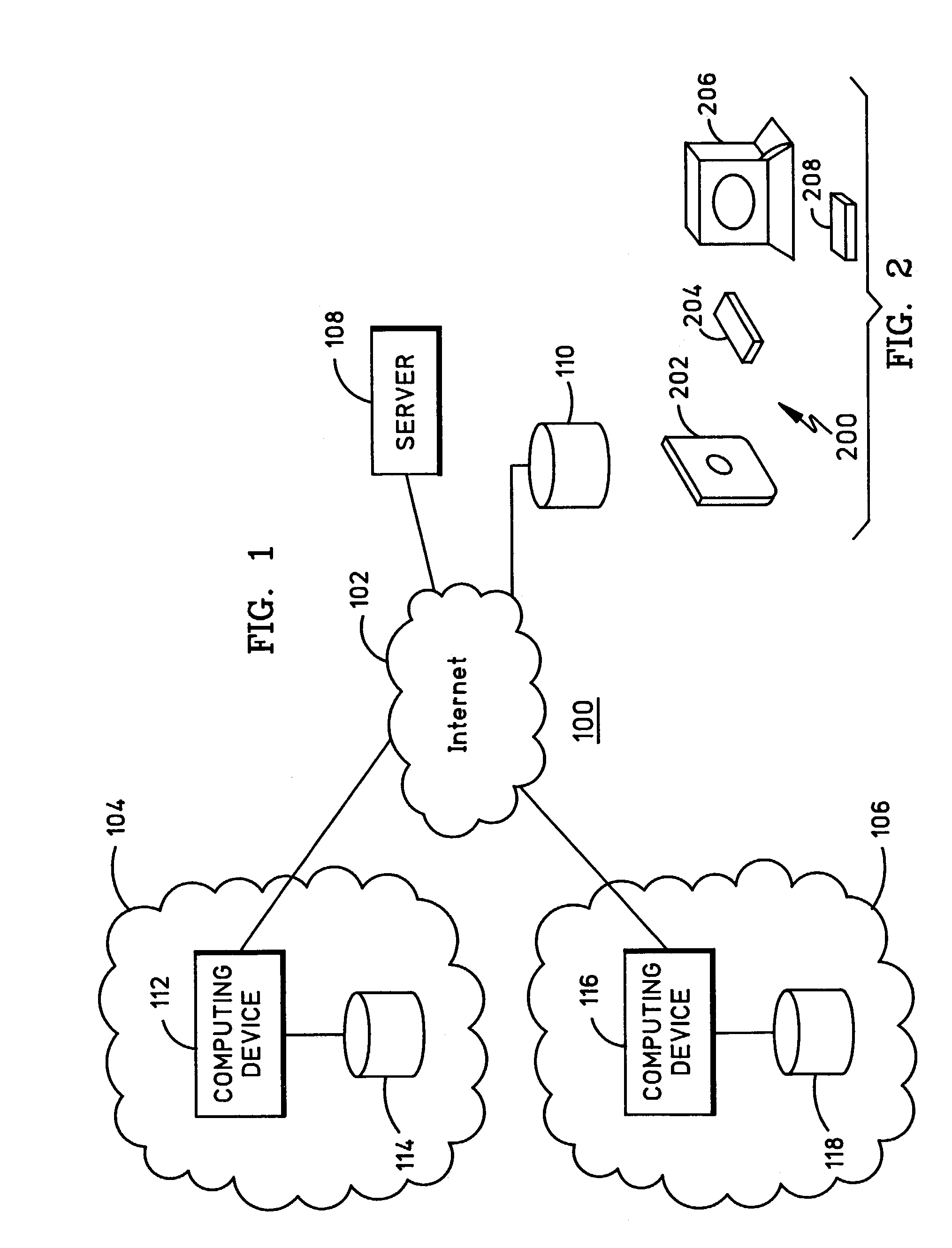Efficient methods and apparatus for high-throughput processing of gene sequence data
a high-throughput, gene sequence technology, applied in the field of gene sequence data processing, can solve the problems of more than 1.0% of the letters being different between people, unreliable polymorphism data, and little can be learned from this data about how people genetically differ from one another, and achieve the effect of quick, efficient and reliable output data
- Summary
- Abstract
- Description
- Claims
- Application Information
AI Technical Summary
Benefits of technology
Problems solved by technology
Method used
Image
Examples
Embodiment Construction
[0029]FIG. 1 is a block diagram of a computer system 100 which embodies the present invention. Computer system 100 includes a network 102 and computer networks 104 and 106. Network 102 is publicly accessible, and a server 108 and a database 110 which are coupled to network 102 are also publicly accessible. On the other hand, computer networks 104 and 106 are private. Each one of computer networks 104 and 106 include one or more computing devices and databases. For example, computer network 104 includes a computing device 112 and a database 114, and computer network 106 includes a computing device 116 and a database 118. The computing devices may include any suitable computing device, such as a personal computer (PC).
[0030]Network 102 may be the Internet, where an Internet Service Provider (ISP) is utilized for access to server 108 and database 110. Database 110 stores public domain gene sequence data. Also, the inventive software is preferably used in connection with and executed on...
PUM
 Login to View More
Login to View More Abstract
Description
Claims
Application Information
 Login to View More
Login to View More - R&D
- Intellectual Property
- Life Sciences
- Materials
- Tech Scout
- Unparalleled Data Quality
- Higher Quality Content
- 60% Fewer Hallucinations
Browse by: Latest US Patents, China's latest patents, Technical Efficacy Thesaurus, Application Domain, Technology Topic, Popular Technical Reports.
© 2025 PatSnap. All rights reserved.Legal|Privacy policy|Modern Slavery Act Transparency Statement|Sitemap|About US| Contact US: help@patsnap.com



